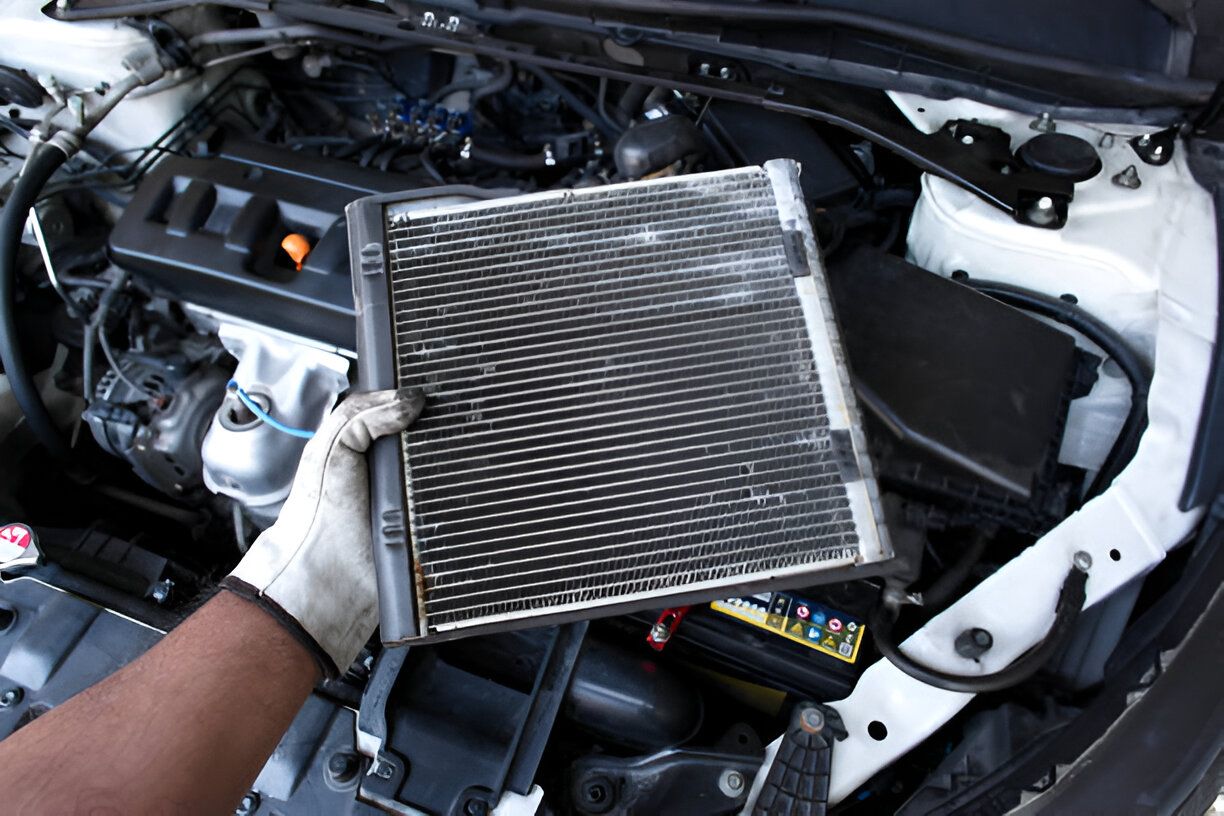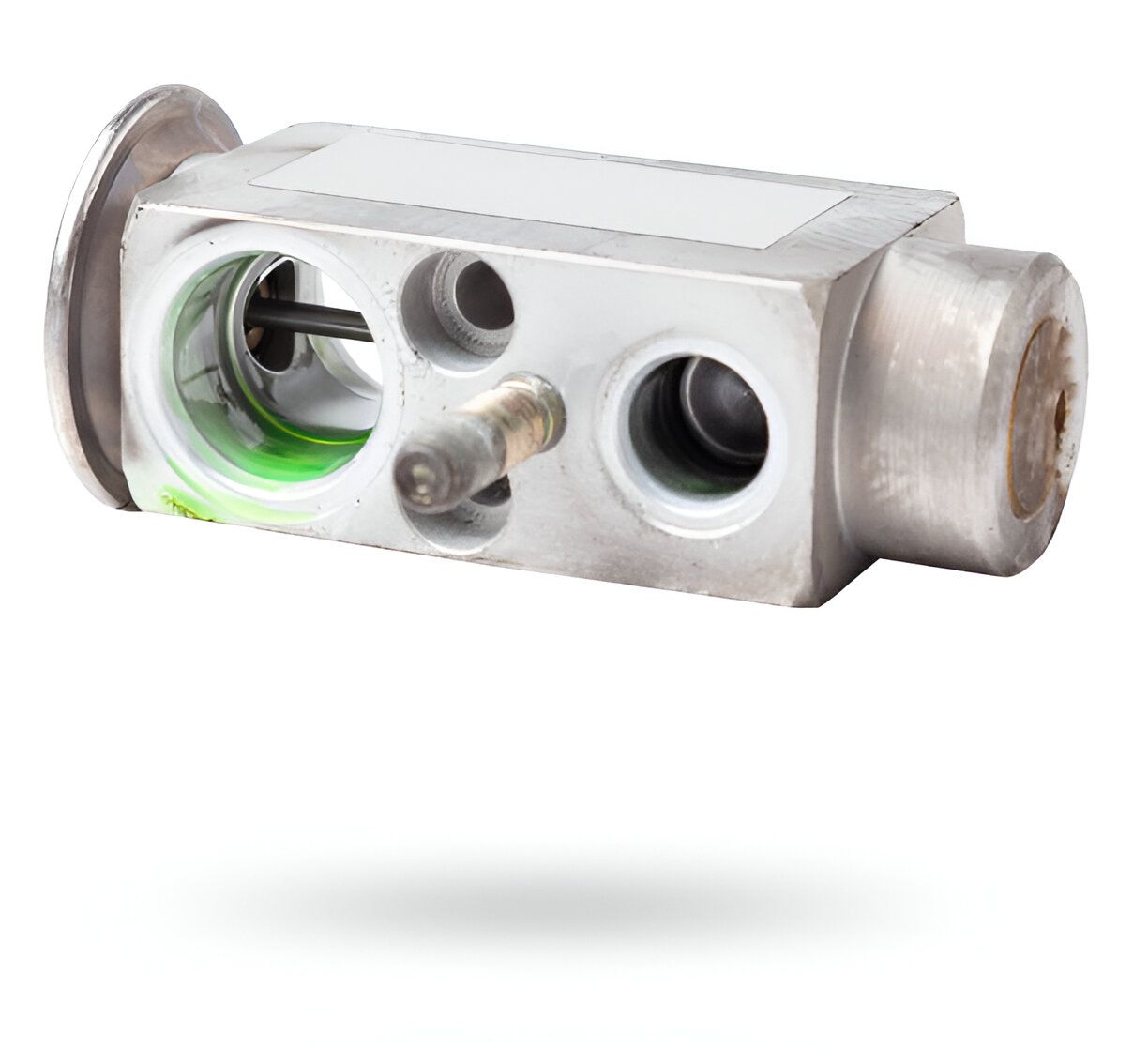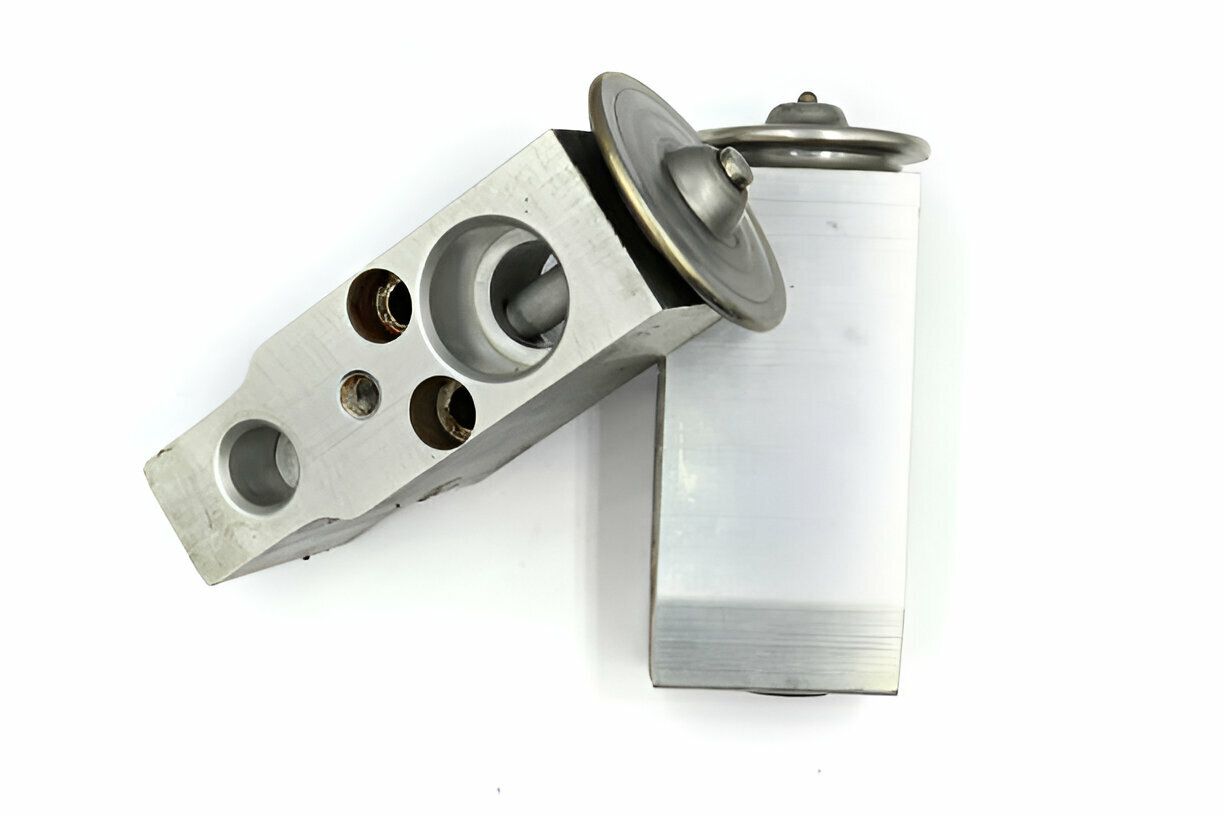Complexity is a hallmark of automobile air conditioning systems, which depend on a variety of components to guarantee your comfort in sweltering weather. One of the most critical components of this system is the TX valve, which is essential for the correct operation of your vehicle’s air conditioning. Regardless of whether you are an automotive enthusiast, mechanic, or car owner, it is essential to comprehend the function of TX valves in order to maintain the optimal performance of your vehicle’s air conditioning system.
Read further to learn the significance of TX valves, their functionality, and common issues, as well as maintenance recommendations.
- What is a TX valve?
The TX valve is a critical component of the air conditioning system in your vehicle. Its primary function is to regulate the passage of refrigerant into the evaporator, thereby guaranteeing that the interior of your vehicle remains cool even on the hottest days. The TX valve is a more sophisticated and efficient component than a simple orifice tube because it can modify the amount of refrigerant in response to cooling demand.
- How Does a TX Valve Work in Car Air Conditioning?
The TX valve functions by detecting the temperature of the refrigerant that exits the evaporator and adjusting its flow accordingly. The refrigerant flow is reduced by the TX valve when the evaporator’s temperature decreases, and it is increased by the valve when it rises. This regulation is essential for ensuring that the appropriate equilibrium is maintained between energy consumption and cooling efficiency. The valve’s capacity to regulate refrigerant flow is crucial for the prevention of evaporator freese-ups and the maintenance of consistent refrigeration.
- Common Issues with TX Valves and How to Fix Them
TX valves, like any mechanical component, are susceptible to malfunction. Internal wear and tear, improper adjustment, or obstruction are among the most prevalent complications. Insufficient cooling may result from an obstructed TX valve, while the AC system may overwork due to a misadjusted valve, which could result in increased energy consumption and potential damage to other components. To prevent these issues, it is essential to conduct routine inspections and promptly replace any defective TX valves.
- The Role of TX Valves in Vehicle Refrigerant Flow
The gatekeeper of the refrigerant passage in your vehicle’s air conditioning system is the TX valve. It regulates the quantity of refrigerant that is introduced into the evaporator, which is the location where the refrigerant absorbs heat from the vehicle’s interior. The system’s efficiency is contingent upon the proper passage of refrigerant, and any disruption can result in subpar cooling performance or even system failure. The significance of maintaining a completely functional TX valve is underscored by an understanding of this role.
- Symptoms of a Failing TX Valve in AC Car Conditioning
It is possible to prevent the need for costly repairs in the future by identifying the indicators of a malfunctioning TX valve replacement. Symptoms include fluctuating cabin temperatures, peculiar noises from the AC system, frost on the AC lines, and inconsistent cooling. It is imperative that you have your TX valve inspected and, if necessary, replaced if you observe any of these issues.
- How to Choose the Right TX Valve for Your AC Car in Macarthur
It is imperative to select the appropriate TX valve for your vehicle in order to achieve optimal AC performance. The specific conditioning requirements of your AC system, the type of refrigerant used, and the make and model of your car are all factors to consider. To guarantee that you select the appropriate valve, consult an automotive HVAC specialist or consult your vehicle’s service manual.
- TX Valve Maintenance Tips for Longevity
Regular maintenance is essential to guarantee the smooth operation of your car’s AC system and to extend the life of your TX valve. This involves inspecting the valve for signs of wear, ensuring that it is properly adjusted, and replacing it immediately upon the first indication of malfunction. Furthermore, valve malfunctions can be mitigated by keeping the entire air conditioning system free of contaminants.
- Things You Need to Know About Upgrading Your Car’s TX Valve
If you are contemplating an upgrade to your vehicle’s air conditioning system, it may be prudent to replace the TX valve with a more sophisticated model. Newer TX valves are engineered to more effectively manage modern refrigerants and provide more precise control over refrigerant flow, which can improve the energy efficiency and performance of your car’s air conditioning system.
- The Impact of a Malfunctioning TX Valve on Other AC Components
Not only does a malfunctioning TX valve interfere with chilling, but it can also result in an increase in the wear of other car AC components, such as the air compressor and evaporator. This can result in the early failure of these components, necessitating costly repairs over time. Understanding the interconnectedness of the car AC system emphasises the significance of ensuring that the TX valve is completely operational.
- Environmental Considerations: TX Valves and Refrigerants
The type of refrigerant utilised in your vehicle’s air conditioning system and its interaction with the TX valve are critical factors to consider in light of the increasing environmental concerns. The environmental impact of your vehicle can be mitigated by ensuring that your TX valve is compatible with certain refrigerants, which are more environmentally friendly than others. Upgrade to a TX valve that is specifically designed for eco-friendly refrigerants.
- FAQs About TX Valves in Car Air Conditioning in Campbelltown
Q: How often should a TX valve be replaced?
TX valves are designed to last for many years, but it’s wise to inspect them during regular AC maintenance and replace them if they show signs of wear or malfunction.
Q: Can a faulty TX valve cause the AC to blow warm air?
A: Yes, if the TX valve is not regulating refrigerant flow correctly, it can lead to insufficient cooling and cause the AC to blow warm air.
Q: Is it possible to clean a TX valve?
A: While minor blockages can sometimes be cleared, it’s usually more effective to replace a clogged or malfunctioning TX valve to ensure proper operation.
Keep your car cool with a properly functioning TX valve. The TX valve is a small but essential component of the air conditioning system in your vehicle. It is possible to guarantee that your vehicle remains cool and comfortable throughout the year by regularly inspecting its functioning, identifying indicators of malfunction, and conducting routine maintenance. Paying attention to the functioning of the TX valve in your car is crucial for the efficient and dependable operation of your vehicle’s air conditioning system, regardless of whether you are conducting routine maintenance or contemplating an upgrade.







